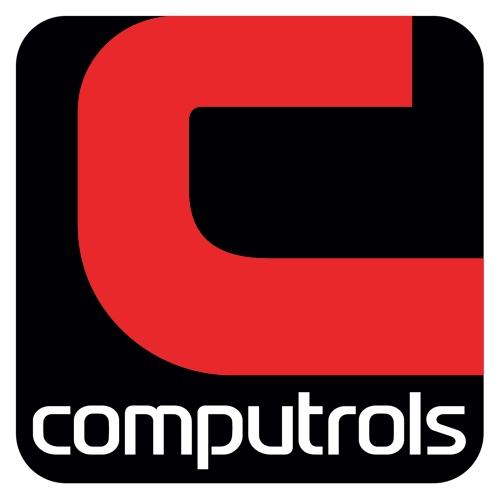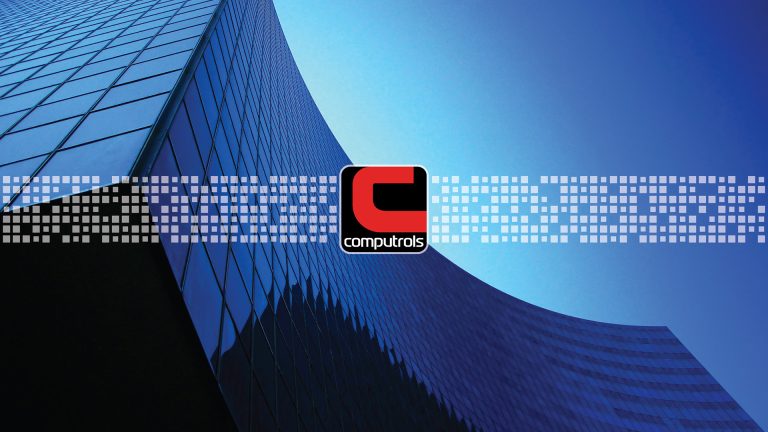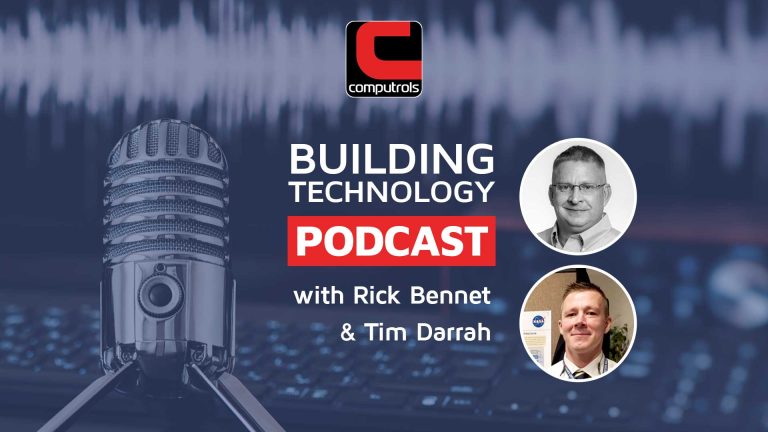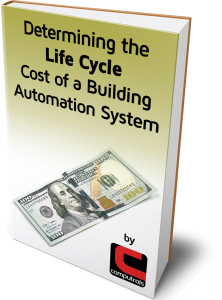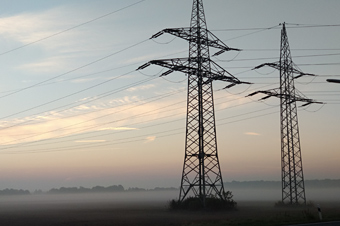 As I’m sure you know, power companies charge a premium when a certain demand threshold is reached. Load shedding during high electrical demand periods is a good way to lower electrical consumption and avoid paying premium prices for exceeding peak demand limits. Metering or monitoring the load for the building will tell you when that threshold is nearing.
As I’m sure you know, power companies charge a premium when a certain demand threshold is reached. Load shedding during high electrical demand periods is a good way to lower electrical consumption and avoid paying premium prices for exceeding peak demand limits. Metering or monitoring the load for the building will tell you when that threshold is nearing.
Load shedding will probably not work if the demand follows a bell curve during the day, where the threshold is exceeded for a good portion of the day. In this case, the building needs to find ways of increasing energy efficiency, either by purchasing more efficient equipment, eliminating waste, etc. However, if there is a peak in the demand curve that is exceeded around the same time everyday, load shedding could help. The question is, what can you afford to shut down without making people uncomfortable and angry?
Unfortunately, some comfort will be sacrificed to achieve load shedding. Some ideas for load shedding without sacrificing too much comfort are:
- Reduce VFD speeds
- Turn off outside air fans for periods of time
- Reduce static pressure setpoints
First of all, the overall load for the building has to be monitored. CBAS works well with any modern Power Meter that supports Modbus or BACnet protocols. These meters can send a variety of information to CBAS, including KWH Consumption, KWH Demand, Voltage, Average Current, and many points of data. Although not preferred, older, pulse-style meters can be used as well if needed.
Once you have the meterpoints programmed in CBAS, you can write logic that executes load shedding when the threshold is nearing. Make this logic level 3, so it will override the logic that is already controlling the VFDs, fans, setpoints, etc. There are many ways of setting up the logic. When demand reaches a certain level below the power company’s threshold, logic could lower the VFD speeds first. If the demand continues to rise, outside air fans could shut down and dampers close. If the demand continues to rise, static pressure setpoints could be lowered.
Here’s some more ideas for load shedding:
- Establish higher temperature set points in common areas and set tenant zones to 74° F during peak hours.
- Curtail hot water circulating pumps when not needed.
- Curtail Chillers & related pumps when not needed.
- Curtail building supply and return fans when not needed.
- Curtail heat pumps when not needed.
- Curtail fan powered VAV boxes.
- Curtail Parking garage exhaust or set up a reduced duty cycle for garage fans.
- Adjust chiller OSA interlock temperatures to delay or eliminate start up were possible. Disable start during peak demand periods.
- Reduce fan static pressure were possible.
- Fine-tune and calibrate equipment to reduce “hunting.” Stable operating equipment promotes the most energy efficient operation.
- Start chillers and VAV heaters earlier in the morning so you can reduce the call for energy during the higher demand hours.
- Use Optimal Start schedules to avoid “Playing catch-up” on hot mornings.
